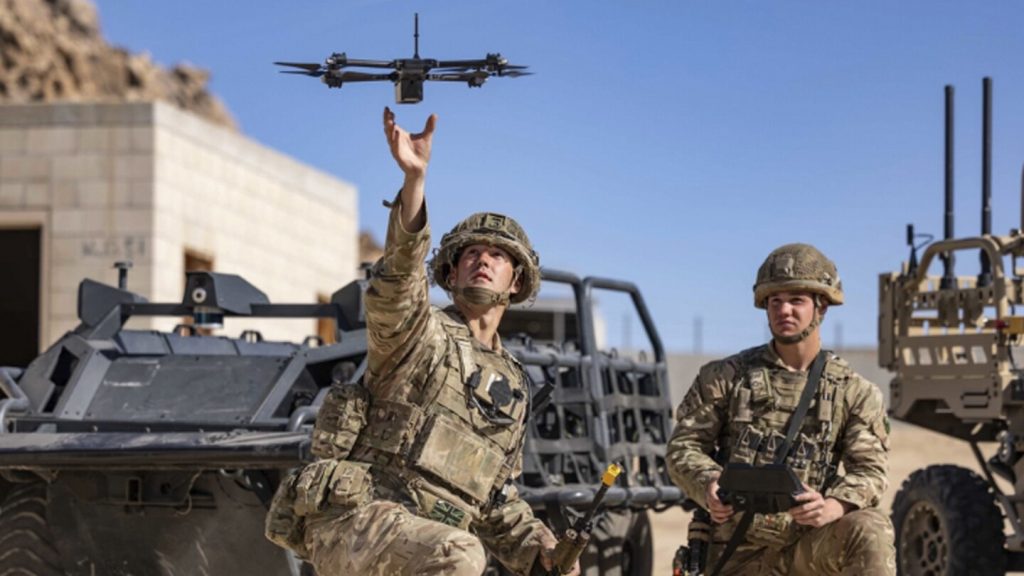The United States and China are engaged in an arms race for swarming drones equipped with artificial intelligence that could potentially change the nature of warfare. Military planners on both sides envision scenarios where hundreds or even thousands of drones work together in coordinated battles, with a single controller overseeing multiple machines. The development of these swarming drones is seen as a deterrent against potential conflict, such as China’s territorial claims on Taiwan. However, the spread of this technology could also lead to instability and conflict if not properly regulated.
Both the U.S. and China are investing heavily in the development of swarming drones, with a significant portion of military contracts being related to intelligent uncrewed systems. The Pentagon recently sought bids for small, unmanned maritime interceptors with advanced specifications, reflecting the military’s ambition for these drones. Companies are also making progress in developing software that enables multiple drones to collaborate, increasing the capabilities and efficiency of these swarms. However, the unchecked spread of this technology raises concerns about rogue nations and militants acquiring their own fleets of killer robots.
The world’s only AI superpowers, the U.S. and China, have the potential to set an example by establishing limits on the military uses of drone swarms. However, their intense competition, along with existing military aggression and tensions, makes the prospect of cooperation unlikely. Efforts by the United Nations to advance drone non-proliferation have been ongoing for years, but progress has been limited. As the technology advances, there is growing concern about the implications of drone swarms in potential conflicts, especially in regions like the South China Sea and Taiwan.
The competition between the U.S. and China in the development of autonomous drones could exacerbate global instability and increase the risk of conflict. While efforts have been made to establish working groups on AI safety, the focus has largely been on the arms race for drone technology. Military analysts and researchers believe that combat-ready drone swarms may not be fielded for another five years, but breakthroughs could happen sooner. Both countries are working to overcome technological challenges and enhance their capabilities in the development of drone swarms, with each side having advantages in different aspects of the technology.
The use of drone swarms in conflicts like the war in Ukraine has demonstrated their effectiveness in various military operations, from reconnaissance to attacks on enemy targets. While the technology is advancing rapidly, challenges remain, such as electronic interference and coordination of large numbers of drones over vast areas. DARPA programs in the U.S. have been focused on developing autonomous swarms for military applications, with the goal of degrading or defeating foes in contested territories. As the technology evolves, there are growing concerns about the potential misuse of drone swarms and the implications for global security.
In conclusion, the development of swarming drones equipped with artificial intelligence has the potential to revolutionize modern warfare, but also raises significant ethical and security concerns. As the U.S. and China continue to invest in this technology, there is a pressing need for international cooperation and regulations to ensure that drone swarms are used responsibly and in accordance with international law. The unchecked proliferation of this technology could have far-reaching consequences, leading to increased instability and conflict around the world. It is essential for both countries to prioritize AI safety and establish limits on the military applications of drone swarms to prevent unintended consequences and escalation of conflicts.


